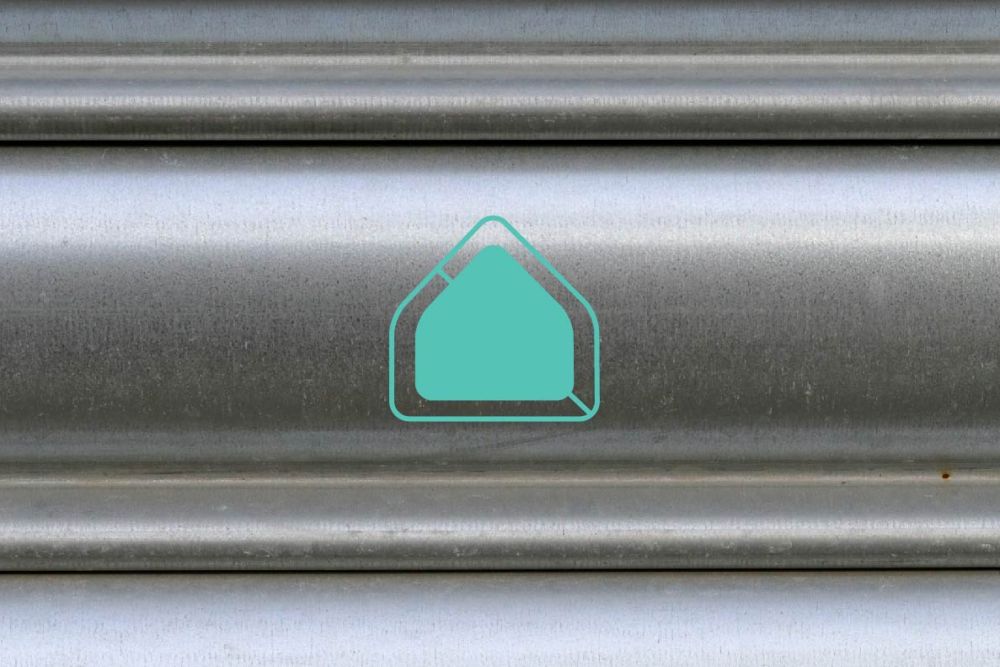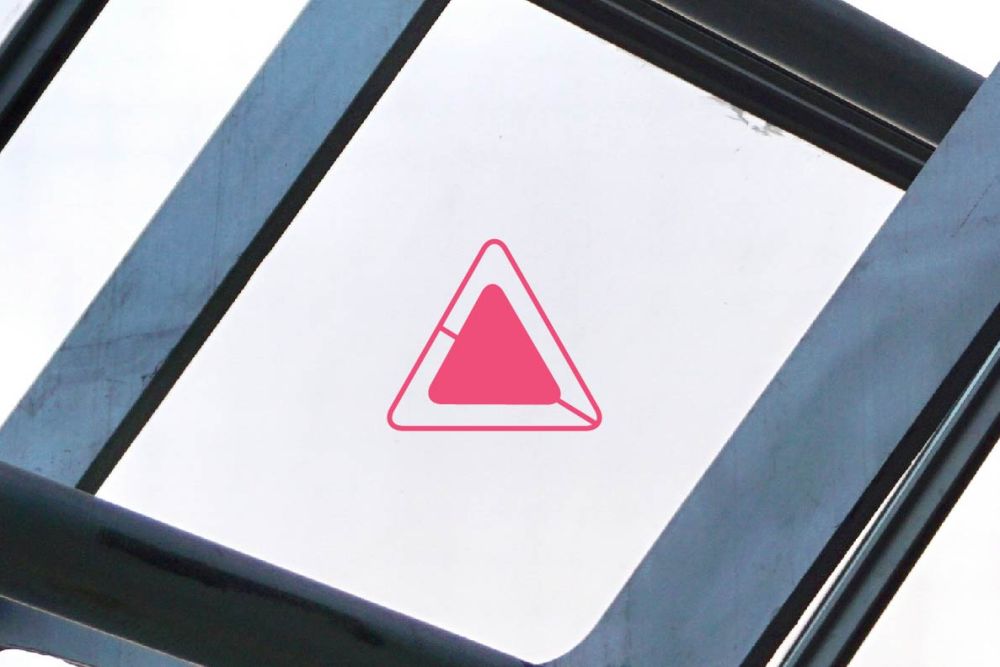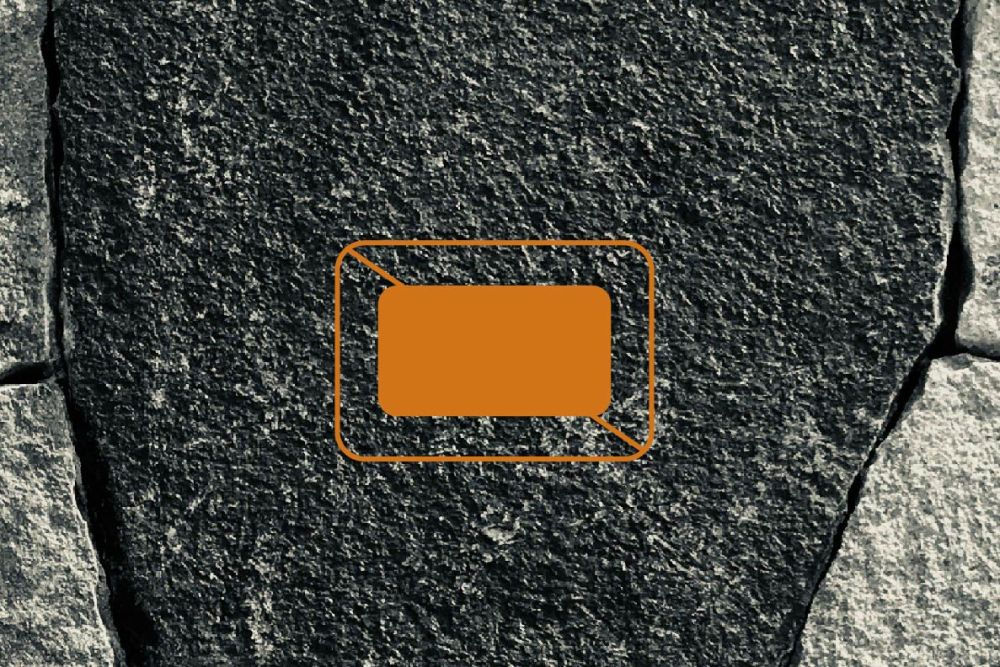Embodied Carbon Watchlist: High-carbon building materials of concern
By Eric Corey Freed, Deb Favaretto and Scott Waddell
February 23, 2024
Social Sharing
To combat climate change, the design and construction industries must do more to reduce the embodied carbon of our buildings. That's why we created the Watchlist for Embodied Carbon. It's a resource to help teams understand which building materials should be evaluated, limited or entirely avoided. While total elimination isn't always possible for every project, we all must stay committed to identifying and adopting lower-carbon alternatives.
Building materials are created using industrial processes that rely heavily on fossil fuels, resulting in the release of greenhouse gases like CO2 and methane. These emissions are generated throughout a product's entire lifecycle, from raw material extraction to manufacturing, transportation, use and disposal. We call these emissions "embodied carbon," even though they are not physically embodied in the product but rather released into the atmosphere long before the building is constructed.
Here are four overarching high-carbon building materials of concern:
ALUMINUM
Aluminum's extensive use in fenestration framing and shading devices significantly adds to a building's carbon footprint. To address this, it's vital to seek methods that decrease aluminum usage, whether through design or alternative materials. For instance, opting for alternatives like aluminum-clad timber frames can greatly diminish a building's environmental impact and improve its thermal efficiency.
STEEL
Steel plays a crucial role in our buildings, but its manufacturing process contributes significantly to carbon emissions. To address this, we advocate for transitioning to Electric Arc Furnace (EAF) systems, which consume less energy and produce fewer emissions compared to traditional methods. The industry is making strides, with domestic hot-rolled steel production already using EAF systems. It's also essential to prioritize Environmental Product Declarations —standardized documents that communicate the environmental performance of a product based on life cycle assessment — and set minimum recycled content requirements for steel products to reduce a project's environmental impact.
CONCRETE
Cement is vital in concrete, a significant component of buildings, but it also contributes greatly to global warming potential (GWP). Clinker, a key ingredient in cement, is particularly influential in this regard. To decarbonize the built environment, it's essential to reduce clinker or cement usage and adopt technologies for lower-GWP concrete mixes. Again, Environmental Product Declarations are important, as is setting GWP limits for concrete materials, considering regional availability, to effectively mitigate GWP in construction projects.
GLASS
Glass is widely used, particularly in curtainwalls and fenestration systems, with the majority of its emissions stemming from the energy-intensive process of sand conversion. Coatings, spacers, sealants and IGU fabrication contribute minimally to emissions. The shift towards triple glazing and thicker laminations to meet regulations increases embodied carbon due to more glass usage. North American flat glass production relies on fossil fuels, whereas some European manufacturers have decarbonized facilities, resulting in significantly lower emissions. Despite shipping emissions, sourcing glass from such manufacturers reduces the overall carbon footprint. Project teams should prioritize requesting Environmental Product Declarations for flat glass and establish carbon limits to procure the most environmentally friendly options available.
Following is the full Watchlist for Embodied Carbon. These are the worst offenders, so limiting their use can yield the most substantial positive impacts on the environment.
Again, these materials rely heavily on fossil fuel-burning activities. Thankfully, we can now quantify the amount of emissions related to these materials and explore every avenue for sustainable alternatives.














